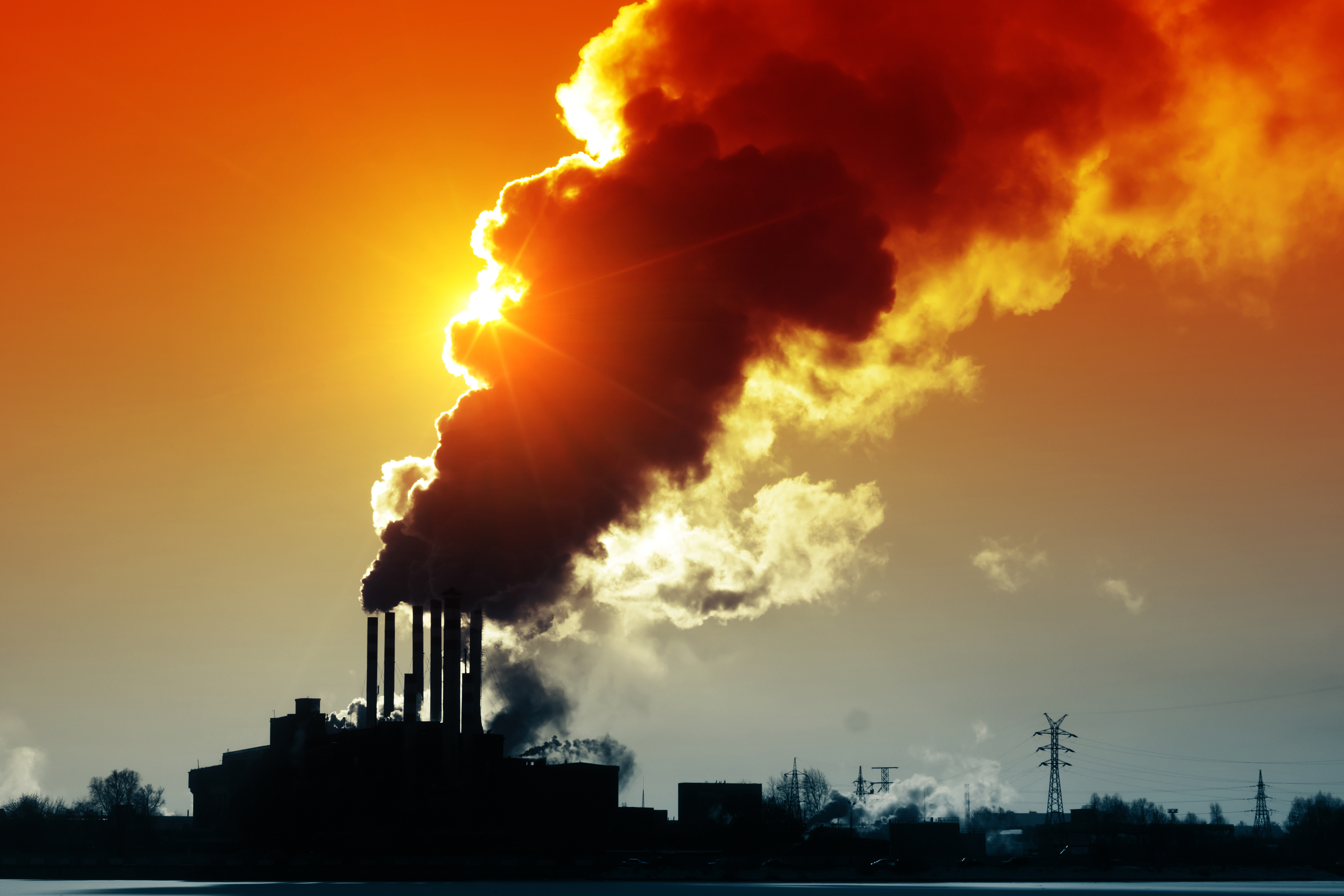In October of 2012, the St. Lawrence University Board of Trustees released the school’s official Facilities Master Plan. Among 24 other components, the document details steps toward “carbon reduction/neutrality and renewable energy.” This built upon the basis of SLU’s Climate Action Plan (CAP) from May 2011. Now, over three years later, data indicated that our carbon levels remain virtually unchanged.
Overseen by the Campus Committee for Sustainability and Climate Neutrality (CCSCN), the SLU Climate Action Plan prioritizes the goal of “carbon neutrality,” meaning zero net greenhouse gas (GHG) emissions. The deadline for carbon neutrality was set for the 2040 academic year. This policy is similar to that of peer institutions, but with a later-than-average
deadline. Schools in SLU’s network have most commonly set deadlines prior to 2030 for carbon neutrality, as overseen by the American College & University Presidents’ Climate Commitment initiative.
Since 2007, the CAP has required regular GHG emissions percentage decreases. According to Louie Gava, SLU’s former Sustainability Coordinator, the school managed gradual decreases in overall carbon dioxide emissions from 2007 (with 17,528 megatons emitted) through 2013 (14,901 megatons emitted). In 2014, however, emissions spiked again to 16,493. According to Gava, a major component of this shift was the construction of Kirk Douglas Hall.
Here, the CAP faces a challenge. Alongside energy efficiency, the Facilities Master Plan also prioritizes “housing demand and capacity.” This emphasis on infrastructure expansion is, as illustrated by Kirk Douglas Hall, at odds with the central mission of SLU’s CAP.
This contradiction of policies, in itself, goes against a key component of the CAP. In section I. 2. C., the school recognizes that “changes in any current or future policy should not move the University further from our climate commitment goals.” Unfortunately for the CAP, much of the Facilities Master Plan has the potential to do so. As this intersection of institutional priorities, the opportunity for emission reform
is increasingly pertinent on campus. So how does the SLU administration, Board of Trustees, and Campus Committee for Sustainability and Climate Neutrality plan to balance these conflicting priorities on campus? How can we continue infrastructural development while enacting steps toward carbon neutrality by 2040? As peer institutions near their zero-net emissions deadline, “it’s important to change the campus culture a bit,” said Anne Csete, a member of the CCSCN. “Eventually, even something like a petition, can get a lot of people talking,” she said.
“We have to hire a new sustainability coordinator,” said CCSCN member Steve Millington. “It’s going to take some organization and some work instead of just pointing out problems.” Millington added. At present, an estimated 50 percent of SLU students support the steps outlined in the CAP.
For campus members in this population, “it’s important to take a position and make recommendations to the school that are fact based,” suggests Jon Rosales, another CCSCN member. “It would be most useful for the CCSCN to hear about one thing or behavior to change.” To emphasize carbon neutrality over infrastructural development on campus, “there needs to be some continuity here,” said Millington.
This year, SLU reached the “mid-term” phase of the Facilities
Master Plan, entering a new stage of campus building renovations. At this time, with the intersection of SLU’s contradicting policies, many are calling for a reexamination of priorities Today, SLU has entered a paradox wherein so-called and LEED certified “efficient” buildings have lead to an overall increase in energy consumption.
To make recommendations to the Campus Committee for Sustainability and Climate Neutrality, contact Cathy Shrady at cshrady@stlawu.edu with suggestions. The Campus Committee for Sustainability and Climate Neutrality oversees and advocates for the SLU Climate Action Plan.
The committee periodically approves amendments to the CAP and publishes a series of Work Plans detailing campus sustainability and emission reduction efforts. Students, faculty, and staff comprise the committee’s membership.



